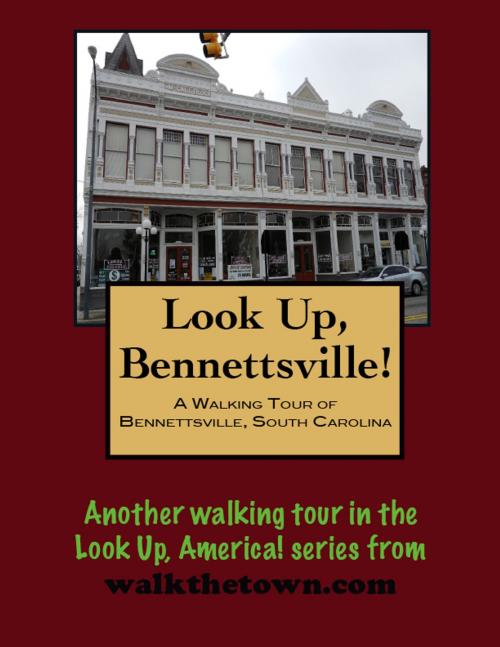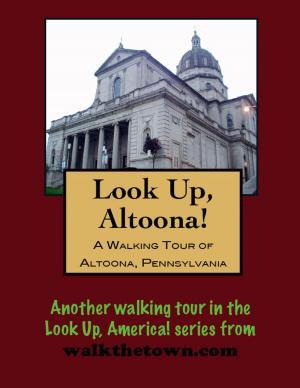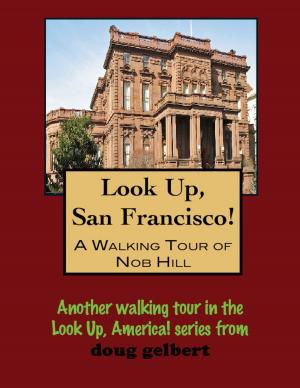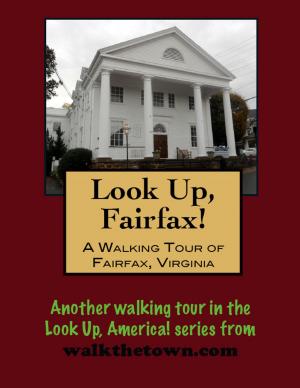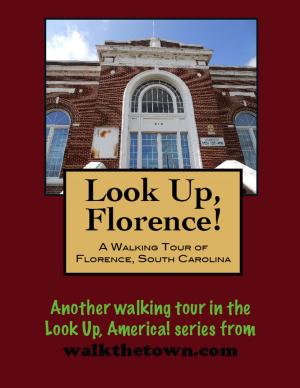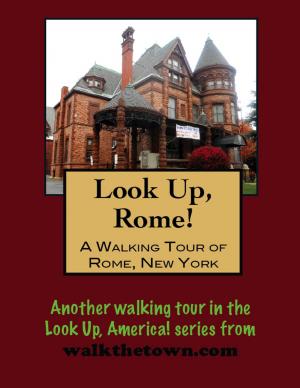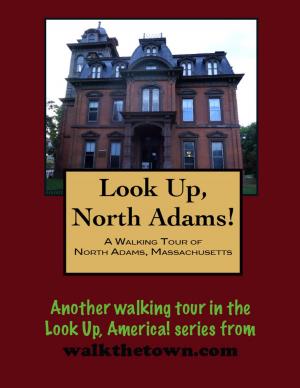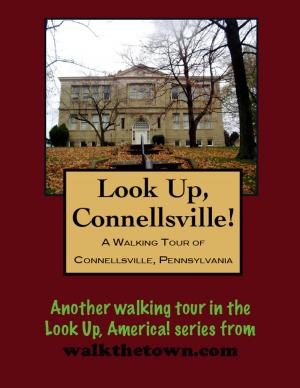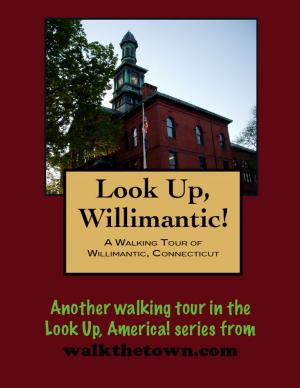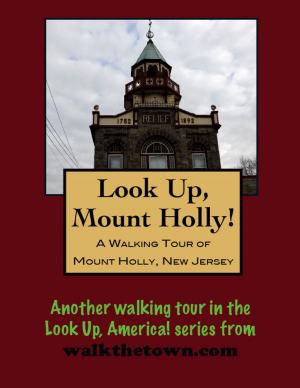A Walking Tour of Bennettsville, South Carolina
Nonfiction, Travel, United States, History, Americas| Author: | Doug Gelbert | ISBN: | 9781458108975 |
| Publisher: | Doug Gelbert | Publication: | March 5, 2011 |
| Imprint: | Smashwords Edition | Language: | English |
| Author: | Doug Gelbert |
| ISBN: | 9781458108975 |
| Publisher: | Doug Gelbert |
| Publication: | March 5, 2011 |
| Imprint: | Smashwords Edition |
| Language: | English |
There is no better way to see America than on foot. And there is no better way to appreciate what you are looking at than with a walking tour. This walking tour of Bennettsville, South Carolina is ready to explore when you are. Each walking tour describes historical, architectural landmarks, cultural sites and ecclesiastic touchstones and provides step-by-step directions.
Every tour also includes a quick primer on identifying architectural styles seen on American streets.
The county of Marlboro was established on March 2, 1785 and named for John Churchill, first Duke of Marlborough, who resided in Blenheim Palace in Oxfordshire, England after one of the greatest military careers in British history. The site chosen for Marlboro’s first courthouse was on the banks of the Great Pee Dee River near Gardner’s Bluff. A few years later, it was moved a short distance inland and near the north bank of Crooked Creek where it crossed the old River Road. Its existence today has been wiped away, save for a granite marker.
As the county’s population grew away from the river, Welsh Baptist settlers in the region requested that a more central location for the courthouse and jail, a common early American tale. In December of 1819, the state General Assembly authorized the removal of the courthouse from the river to that requested more-handy location, along an old stagecoach road. This was on a high bluff above Crooked Creek. The town was named for South Carolina Governor Thomas Bennett, although it is certain he had never been in the village and likely that no one there knew him. Just the way things were done in those days; the new town would become a center of trade dependent upon the production of cotton.
As the Civil War was waning, Marlboro County was host to every unit of General William T. Sherman’s Union Army when it left Cheraw, crossed the Great Pee Dee River, and made its way to a final engagement in North Carolina. Bennettsville was captured March 6, 1865, by Major General Frank P. Blair, commanding general of the Union Army’s 17th Corps. Although some frame buildings, warehouses, and a few downtown structures were burned, Marlboro County’s courthouse was spared, giving this county one of the state’s oldest complete set of county records.
A core of town businessmen, their names still seen on street signs and buildings throughout Bennettsville, guided the town to prosperity in the coming years following Reconstruction. The arrival of the railroad did a great deal to lead development of the county as it made it possible to transport Marlboro-grown cotton to markets and mills far from her borders. By the 1890s, Marlboro County produced record harvests of cotton, corn and other grains. Timber brought additional revenue, and textile mills sprang up in the county. It was declared that Marlboro, boasted the “highest yields of cotton, the highest priced lands and as prosperous farmers as any part of the whole Cotton Belt.”
Much of the building stock around Bennettsville traces its history to those heady times around the coming of the 20th century. Noted professional architects called the town home and graced it with a variety of buildings not often seen in a South Carolina town of its size. Our walking tour will begin outside a pair of residences of the man who did more than any other to lay the groundwork for that prosperity...
There is no better way to see America than on foot. And there is no better way to appreciate what you are looking at than with a walking tour. This walking tour of Bennettsville, South Carolina is ready to explore when you are. Each walking tour describes historical, architectural landmarks, cultural sites and ecclesiastic touchstones and provides step-by-step directions.
Every tour also includes a quick primer on identifying architectural styles seen on American streets.
The county of Marlboro was established on March 2, 1785 and named for John Churchill, first Duke of Marlborough, who resided in Blenheim Palace in Oxfordshire, England after one of the greatest military careers in British history. The site chosen for Marlboro’s first courthouse was on the banks of the Great Pee Dee River near Gardner’s Bluff. A few years later, it was moved a short distance inland and near the north bank of Crooked Creek where it crossed the old River Road. Its existence today has been wiped away, save for a granite marker.
As the county’s population grew away from the river, Welsh Baptist settlers in the region requested that a more central location for the courthouse and jail, a common early American tale. In December of 1819, the state General Assembly authorized the removal of the courthouse from the river to that requested more-handy location, along an old stagecoach road. This was on a high bluff above Crooked Creek. The town was named for South Carolina Governor Thomas Bennett, although it is certain he had never been in the village and likely that no one there knew him. Just the way things were done in those days; the new town would become a center of trade dependent upon the production of cotton.
As the Civil War was waning, Marlboro County was host to every unit of General William T. Sherman’s Union Army when it left Cheraw, crossed the Great Pee Dee River, and made its way to a final engagement in North Carolina. Bennettsville was captured March 6, 1865, by Major General Frank P. Blair, commanding general of the Union Army’s 17th Corps. Although some frame buildings, warehouses, and a few downtown structures were burned, Marlboro County’s courthouse was spared, giving this county one of the state’s oldest complete set of county records.
A core of town businessmen, their names still seen on street signs and buildings throughout Bennettsville, guided the town to prosperity in the coming years following Reconstruction. The arrival of the railroad did a great deal to lead development of the county as it made it possible to transport Marlboro-grown cotton to markets and mills far from her borders. By the 1890s, Marlboro County produced record harvests of cotton, corn and other grains. Timber brought additional revenue, and textile mills sprang up in the county. It was declared that Marlboro, boasted the “highest yields of cotton, the highest priced lands and as prosperous farmers as any part of the whole Cotton Belt.”
Much of the building stock around Bennettsville traces its history to those heady times around the coming of the 20th century. Noted professional architects called the town home and graced it with a variety of buildings not often seen in a South Carolina town of its size. Our walking tour will begin outside a pair of residences of the man who did more than any other to lay the groundwork for that prosperity...
